
There's even a #darkmode 😉
01.08.2025 15:04 — 👍 1 🔁 0 💬 0 📌 0@glaforge.dev.bsky.social
🥑 Developer Advocate for Google Cloud ☁️ 🧠 Focusing on Generative AI 🤖 ⭐ Co-founder of the 🪶 Apache Groovy programming language ☕ Java Champion 🏆 📣 Co-host of Les Cast Codeurs Podcast 🐘 @glaforge@uwyn.net on #Mastodon

There's even a #darkmode 😉
01.08.2025 15:04 — 👍 1 🔁 0 💬 0 📌 0You can try it online:
adk-agent-code-visualizer-1029513523185.europe-west1.run.app
And have a look at the code:
github.com/glaforge/adk...
⚠️ It works for both single-file #Java and #Python ADK multiagents. It doesn't work for projects spanning multiple files or directories.
01.08.2025 15:04 — 👍 1 🔁 1 💬 1 📌 0✨ Vibe-coded with Google #AiStudio and #GeminiCLI.
Powered by #Gemini 2.5 Pro.
Using #ReactFlow for the nice node-based UI.
Deployed on #CloudRun ☁️
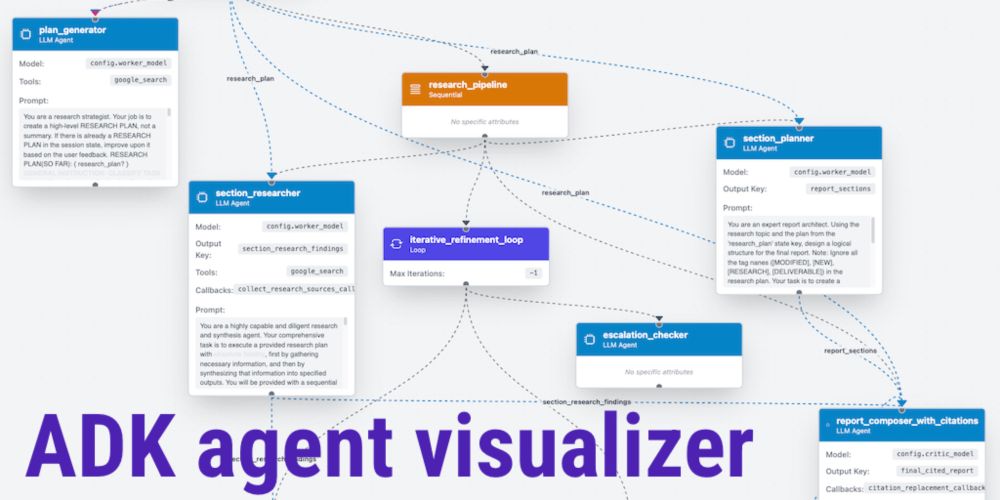
A proof-of-concept #ADK #AI #Agent code visualizer
glaforge.dev/posts/2025/0...
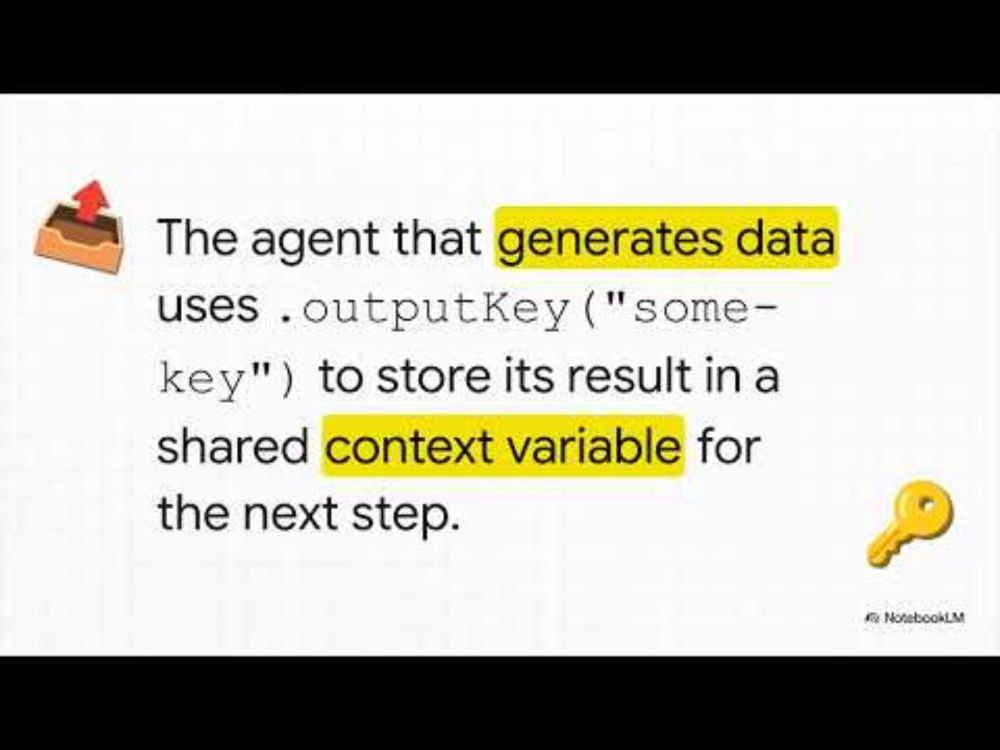
For my series of articles on #ADK for #Java, my colleague Romin Irani used the new "Video Overview" feature of #NotebookLM to generate this great overview of my articles! It's impressive!
www.youtube.com/watch?v=HqNS...
The recap of the series can be found here: glaforge.dev/posts/2025/0...
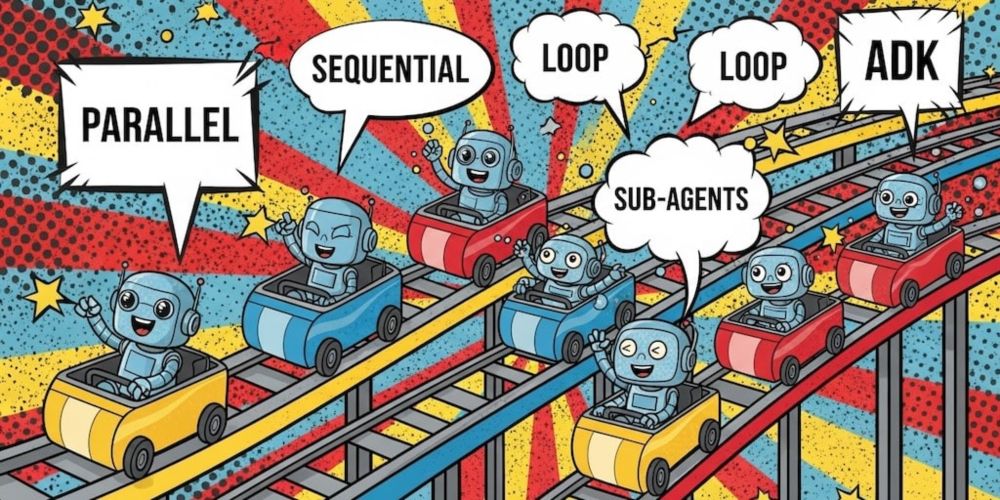
🔚 And here is the final recap article on the various #ADK agentic workflows on when & how to use
1⃣ sub-agents
2⃣ sequential
3⃣ parallel
4⃣ loop agents
And their typical use cases, ✅ pros & ❌ cons.
What would you like to learn about, next?
glaforge.dev/posts/2025/0...

👓 Read all the details about #ADK #Java loop flows for your #AI #agents in this article ⬇️
glaforge.dev/posts/2025/0...
The last of the series on agentic workflows! 🔚

🔁 What about〖 loop flows 〗with #ADK for #Java for refinement, trial/error, self corrective #AI #agents?
We'll talk about ⏪ before & ⏩ after agent callbacks, function calling exit, and max iteration limits ♾
Concrete example: a simple #Python code refinement loop agent 🧵
And stay tuned, as I still have to tell you about the "loop flow", where you can make several agents work in a loop, until some condition is satisfied.
25.07.2025 12:52 — 👍 0 🔁 0 💬 0 📌 0
This #AI #Agent actually combines parallel running agents, as well as a sequential flow with a final agent compiling all the research materials.
Combining different kind of flows makes sense for complex scenarios.
Read all the details in this new article:
glaforge.dev/posts/2025/0...
📢 Today let's talk about〖 parallel flows 〗with #ADK for #Java. Several agents can run at the same time when their tasks are unrelated.
A 🏭 company researcher agent:
1⃣ a company profiler
2⃣ a news finder
3⃣ a financial analyst run in parallel
📢 After yesterday's post on #ADK〖 sub-agents 〗in #java, let's have a look at the〖 sequential flow 〗of agents.
🗺️ With an example of a trip planner, with an #AI #agent searching info about a destination, an itinerary agent, and a restaurant finder.
glaforge.dev/posts/2025/0...

New article exploring the various agentic workflow patterns in #ADK for #Java. This time, zooming in on "sub-agents".
Next we'll explore sequential, parallel and loop flows.
glaforge.dev/posts/2025/0...

Read the full story here on the apparent lack of creativity of #LLMs
glaforge.dev/posts/2025/0...

I also used #GeminiCLI to search through those datasets!
22.07.2025 15:53 — 👍 0 🔁 0 💬 1 📌 0So I wondered where those names were coming from, and my intuition was that LLMs were drawing their inspiration from a limited set of sci-fi stories with little naming diversity.
I searched on #Kaggle and found a couple datasets where those names appeared often.
In my AI agent generating sci-fi stories (developed with
@langchain4j.dev, deployed on #CloudRun) I was always encountering the same names again and again:
short-ai-story.web.app

The Sci-Fi naming problem: Are #LLMs less creative than we think?
The most well known LLMs seem to always give the same names to the protagonists of #scifi stories.
Why do they do that? Are they not creative?
Who are Dr Thorne and Anya?
À la rentrée, je serai à Tours, à @tadx.bsky.social, pour parler agents IA ! 🤖🧠
20.07.2025 19:28 — 👍 3 🔁 0 💬 2 📌 0🧵 As an (Gen)AI experiment, I kicked off a new project in React (which I had zero experience with) using Vibe Coding. The first few days were incredibly productive, and within a week I had 90% of the project done. But for that last 10%, Claude Sonnet 4 just couldn’t help me anymore...
19.07.2025 07:21 — 👍 15 🔁 7 💬 2 📌 0
Just shared my presentation on #AI #Agents.
If you want to learn more about the #MCP & #A2A protocols, and frameworks like #ADK, @langchain4j.dev for building agents in #Java in particular, read on!
glaforge.dev/talks/2025/0...
Using #Gemini and long context for indexing rich documents (PDF, HTML... containing images & diagrams) for your #RAG pipelines
glaforge.dev/posts/2025/0...
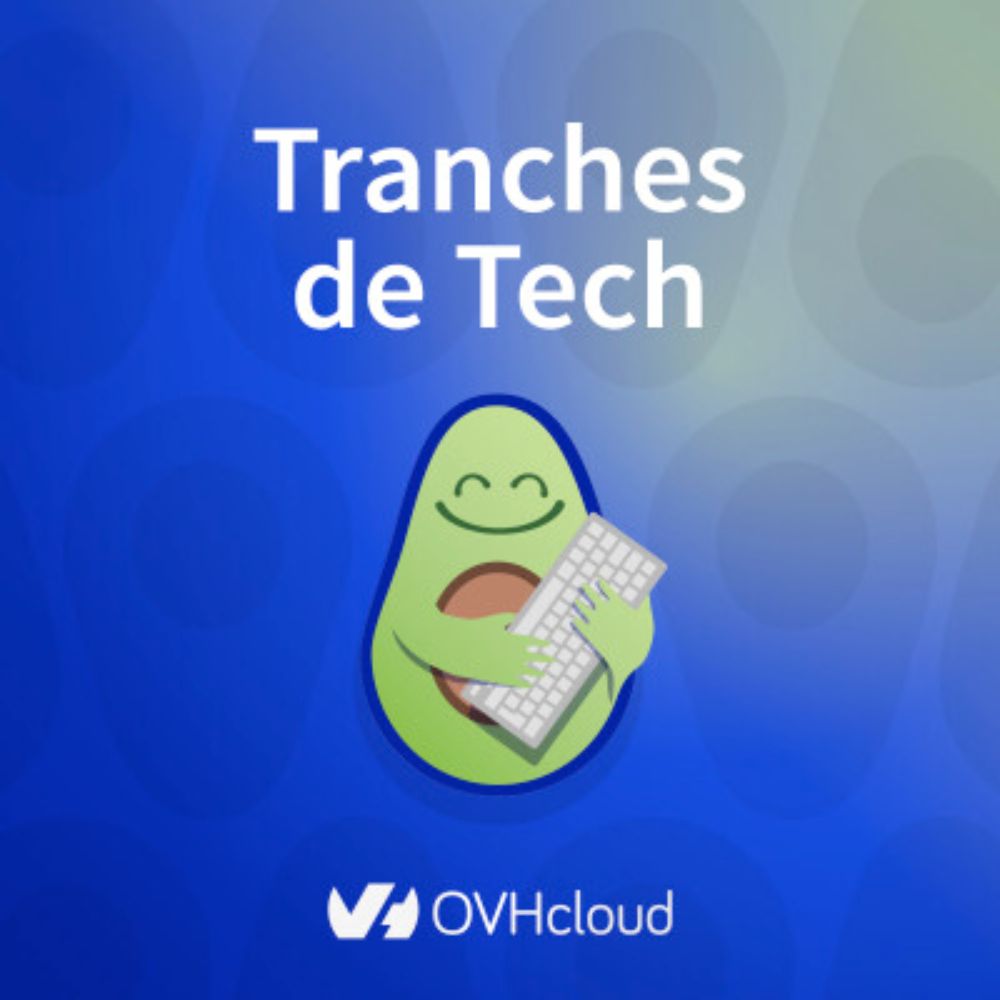
Le dernier épisode de Tranches de Tech est disponible : smartlink.ausha.co/tranches-de-... 🎧
Merci @glaforge.dev pour ta disponibilité et la qualité de nos échanges 🤩.
Merci #OVHcloud de nous permettre de continuer cette aventure ❤️.
On se retrouve en septembre 👋.
Bonnes vacances 🏝️ ☀️.
I hope you will finish your draft!
I'd be happy to read it!
You mention the hybrid search semantic+BM25 but there's another kind of "hybrid" that you could add as a new bullet point in your draft: RAG+large context.
You find relevant vectors, but you feed the complete doc in the large context window of the model. It solves the problem of the enterprise plan.
I like when you say "the embedding is diluted". I often use that adjective to intuitively describe what happens with bigger chunks!
07.07.2025 21:55 — 👍 0 🔁 0 💬 1 📌 0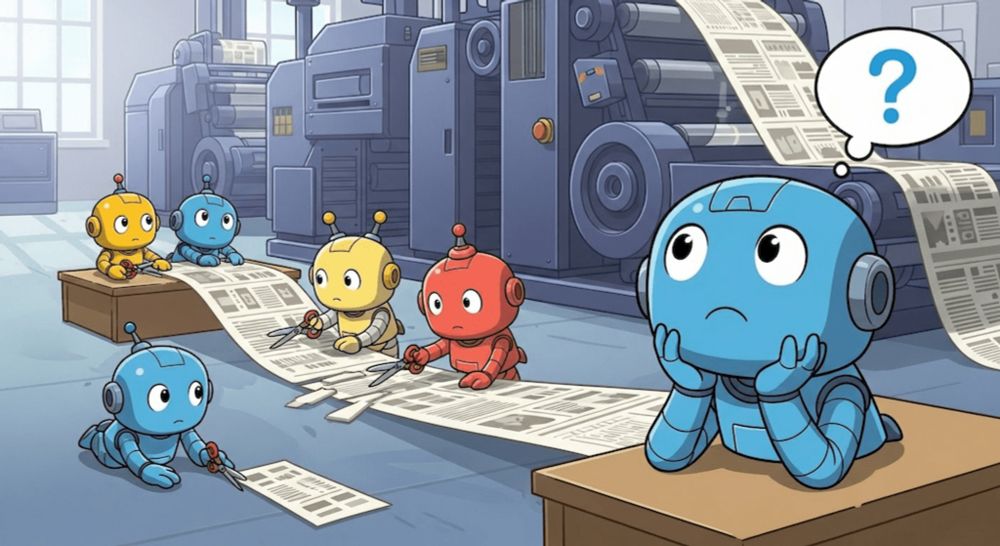
I vibe-coded an application to test this approach with #Gemini Canvas and #GeminiCLI, and I deployed it on #CloudRun.
You'll find the link and the implementation details with @langchain4j.dev in my article.
glaforge.dev/posts/2025/0...
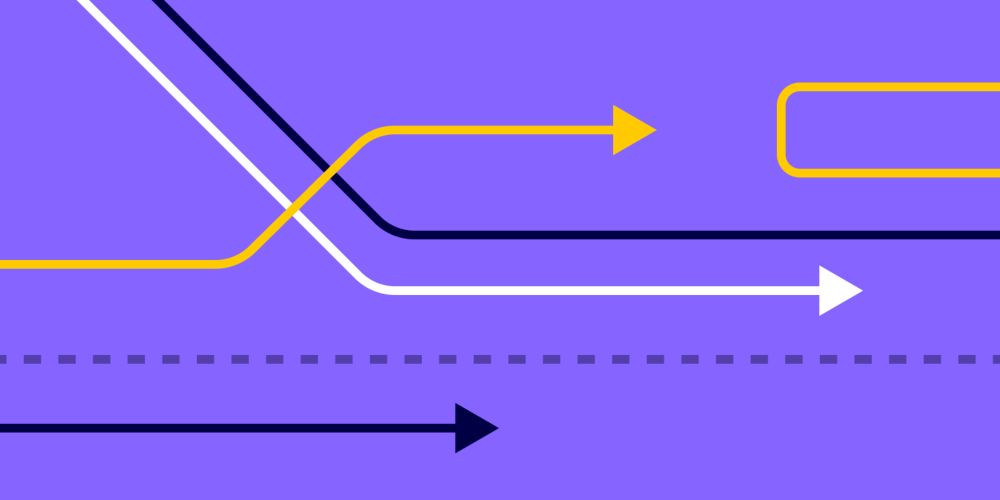
The #LLM is responsible for figuring out which questions can be answered by the chunk.
This is a technique I discovered on this blog:
pixion.co/blog/rag-str...
(along with the explanation of another approach called HyDE, for Hypothetical Document Embedding)
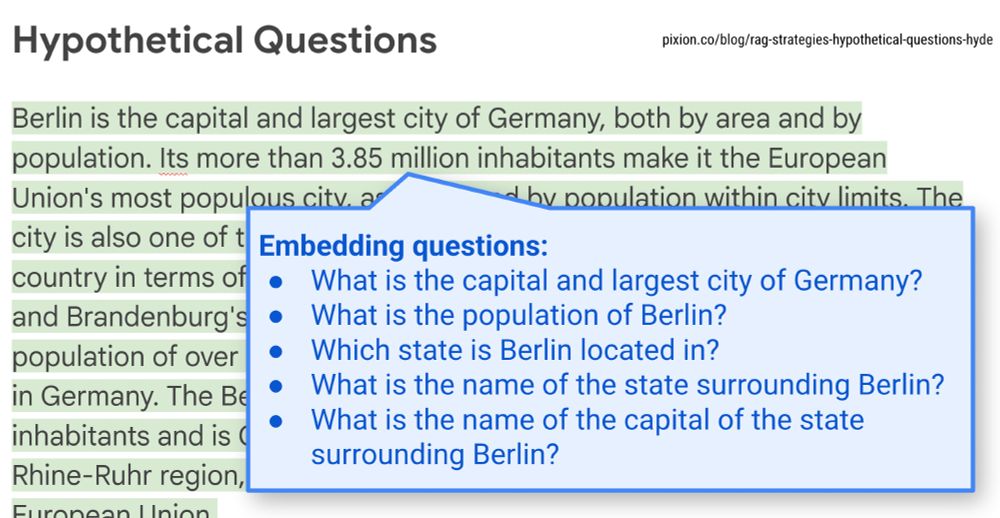
Just wrote a new article to explore a #RAG ingestion technique that I like to use for Q&A oriented apps:
💡Hypothetical Question Embedding
The idea is to compare user questions to #LLM generated questions extracted from the chunks of text.